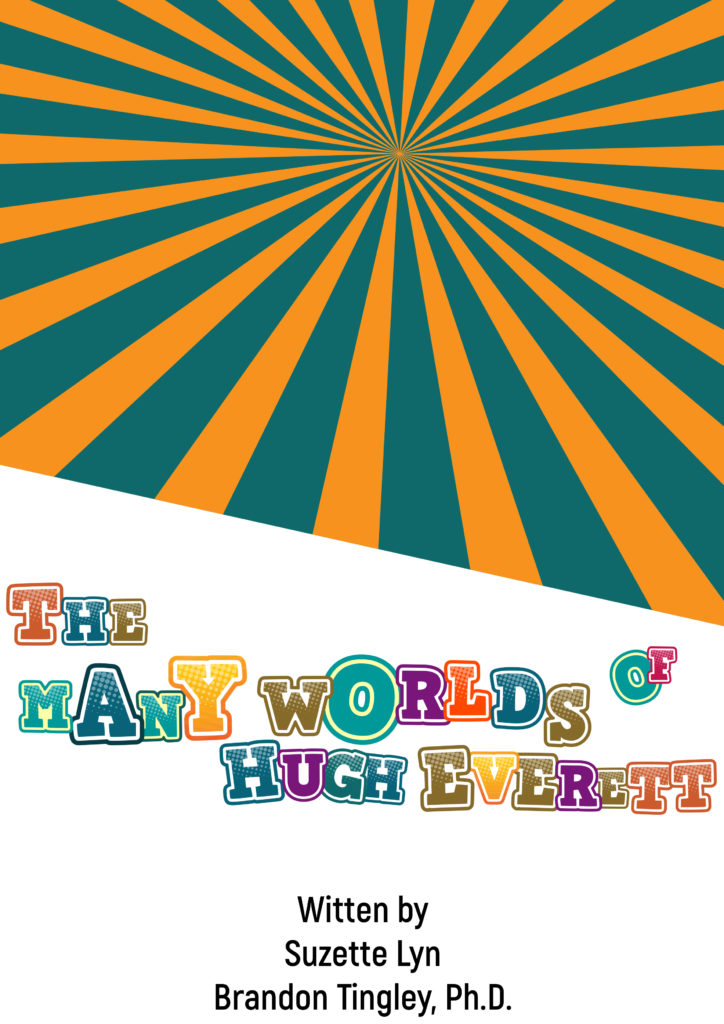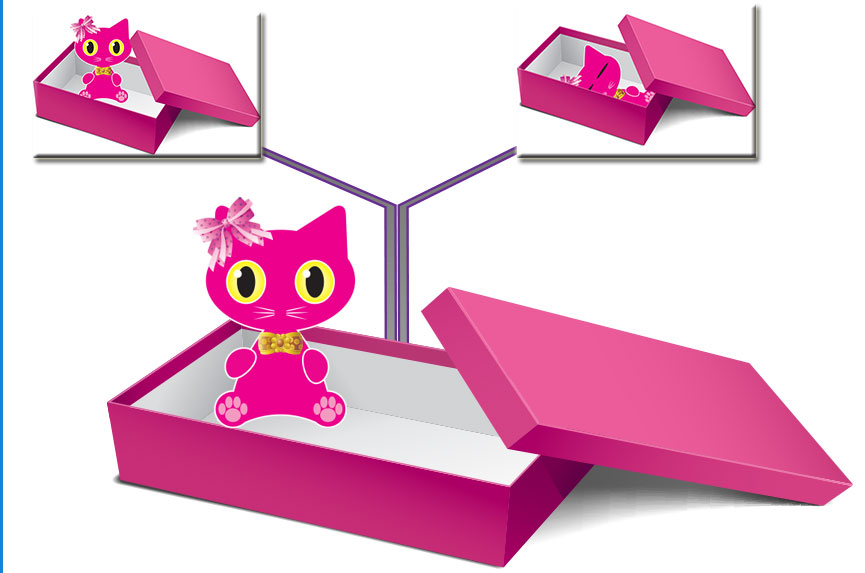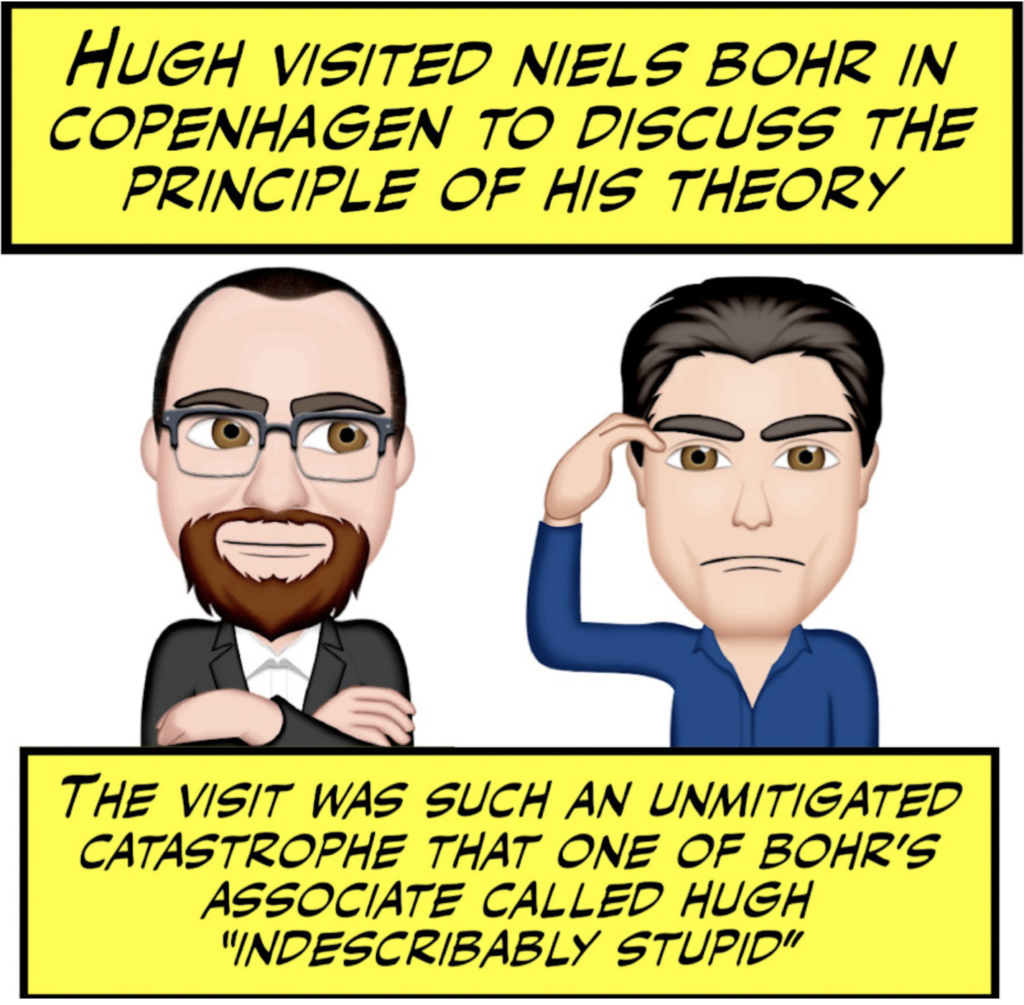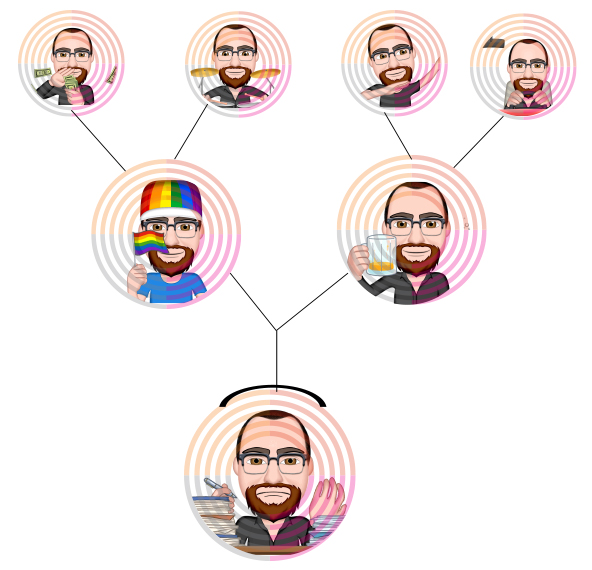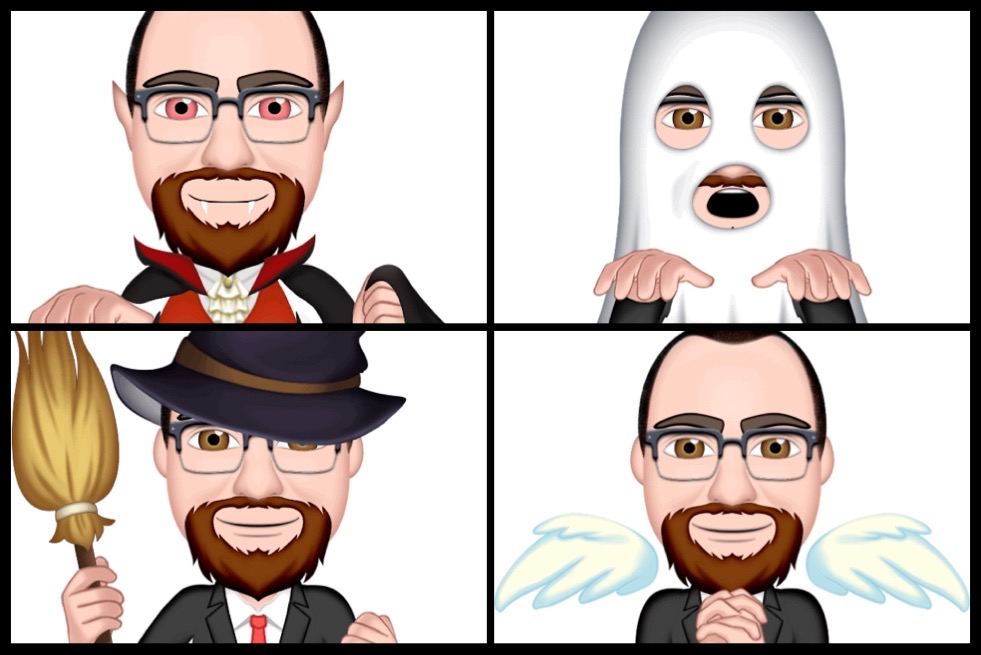This morning, as the world lingered in the embrace of night, I found myself wide awake and entwined in a cascade of fantastical thoughts. Lying in bed, I allowed my imagination to traverse different worlds, prompting the question, “Is this my mind’s signal that life needs a dash of excitement?” I pondered the prospect of living a more exhilarating existence in an alternate universe.

A Multiverse Daydream
In one realm, I envisioned finding my soulmate – that rare person who resonates with the depths of my being. In another, the elusive concept of a “twin flame” danced on the edges of possibility. And who knows, perhaps in some cosmic enclave, I reveled in the opulence of a billionaire’s life, surrounded by wealth and the gleam of a luxurious yacht.

Architects of the Multiverse
These fanciful dreams aren’t mere products of an overactive imagination. Enter visionaries like Hugh Everett III, who concocted the many-worlds interpretation in 1957. It’s an audacious idea suggesting that every choice we make spawns a universe of its own – a diverging reality where each potential unfolds.
Labors in the Cosmic Workshop:
Fast forward to the present, where an assembly of scientific minds delves into this cosmic exploration. Figures like Brian Greene, Lisa Randall, and Max Tegmark join the endeavor, deploying colossal telescopes and orchestrating particle collisions to unearth clues. Yet, unraveling the existence of these alternate worlds resembles the pursuit of a stealthy cat in the dark – a formidable challenge.
Beyond Imagination: Physics and Mathematical Perspectives:
The cosmic curiosity extends into the realm of physics and mathematics. Theoretical frameworks like string theory weave intricate patterns, offering a tapestry of possibilities within the multiverse. The challenge lies not just in imagining these alternate worlds but in expressing them through the rigorous language of mathematical equations.
Challenges in the Cosmic Tapestry:
The journey into the multiverse is not without hurdles. The complexities of theoretical physics, coupled with the intricacies of mathematical formulation, present formidable challenges. Scientists grapple with the task of translating these fantastical notions into tangible theories that stand up to the scrutiny of the scientific community.
Equations that dance across chalkboards and computer screens tell a story of intricacy and challenge:

This equation represents the complex interplay of probabilities and possibilities within the multiverse, where each term corresponds to a potential universe. Navigating this mathematical terrain is akin to deciphering the cosmic code that governs the fabric of existence.
Back to the Reality Quilt:
Yet, amidst these cosmic musings, a tangible reality awaits. Bills beckon, and there’s a world beyond the confines of my bed – a world filled with people to meet and adventures to unfold. As the morning sun peeks through my window, it’s time to cast aside the covers, step into the day, and confront the challenges and wonders that await.
While the allure of billionaire fantasies and soulmate dreams lingers in the cosmic daydreams, this reality possesses its own enchantment. It’s a realm where genuine connections are forged, a living is earned, and unexpected excitement awaits. In the grand adventure of today, perhaps the real magic was right here all along.


